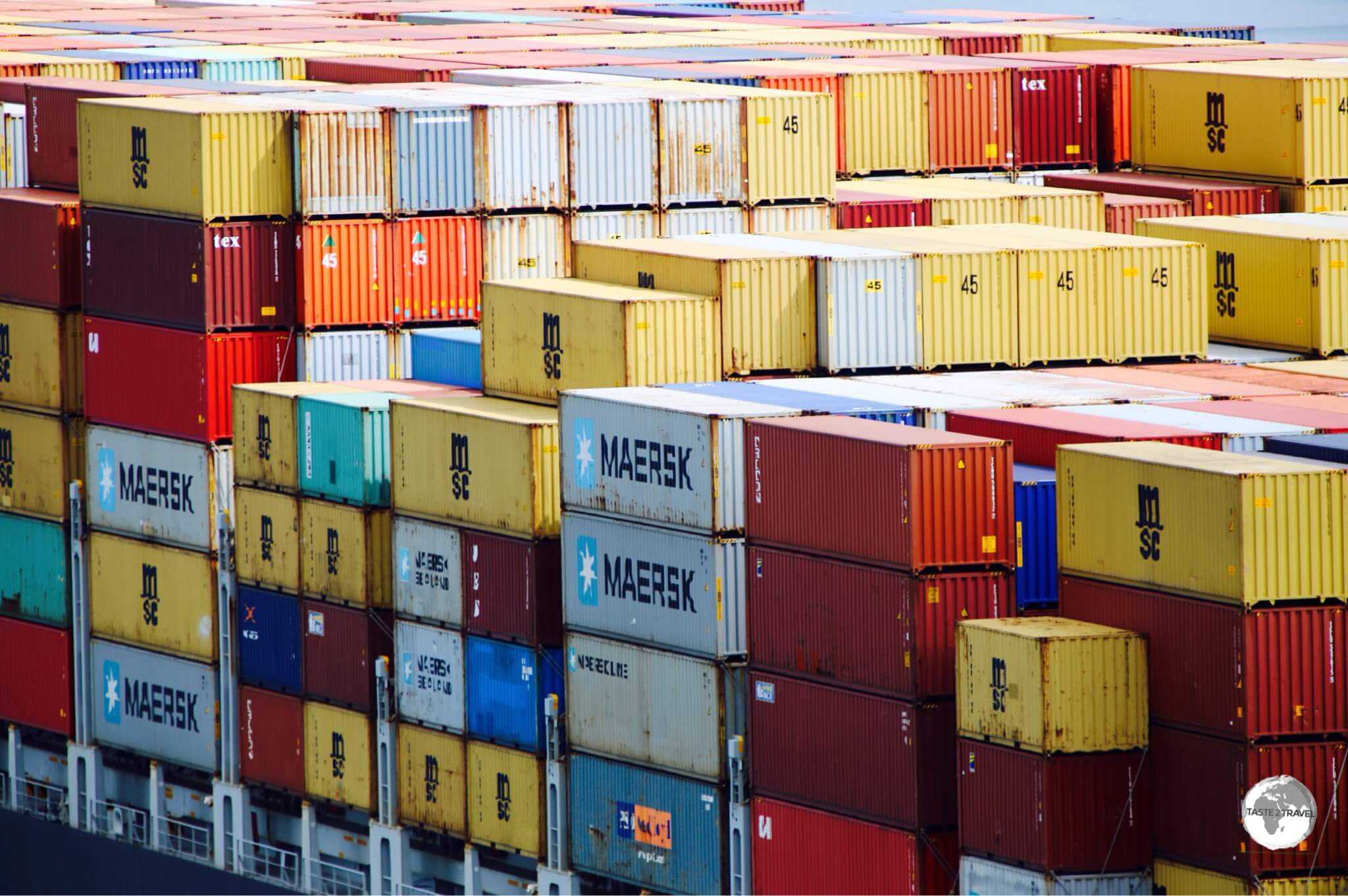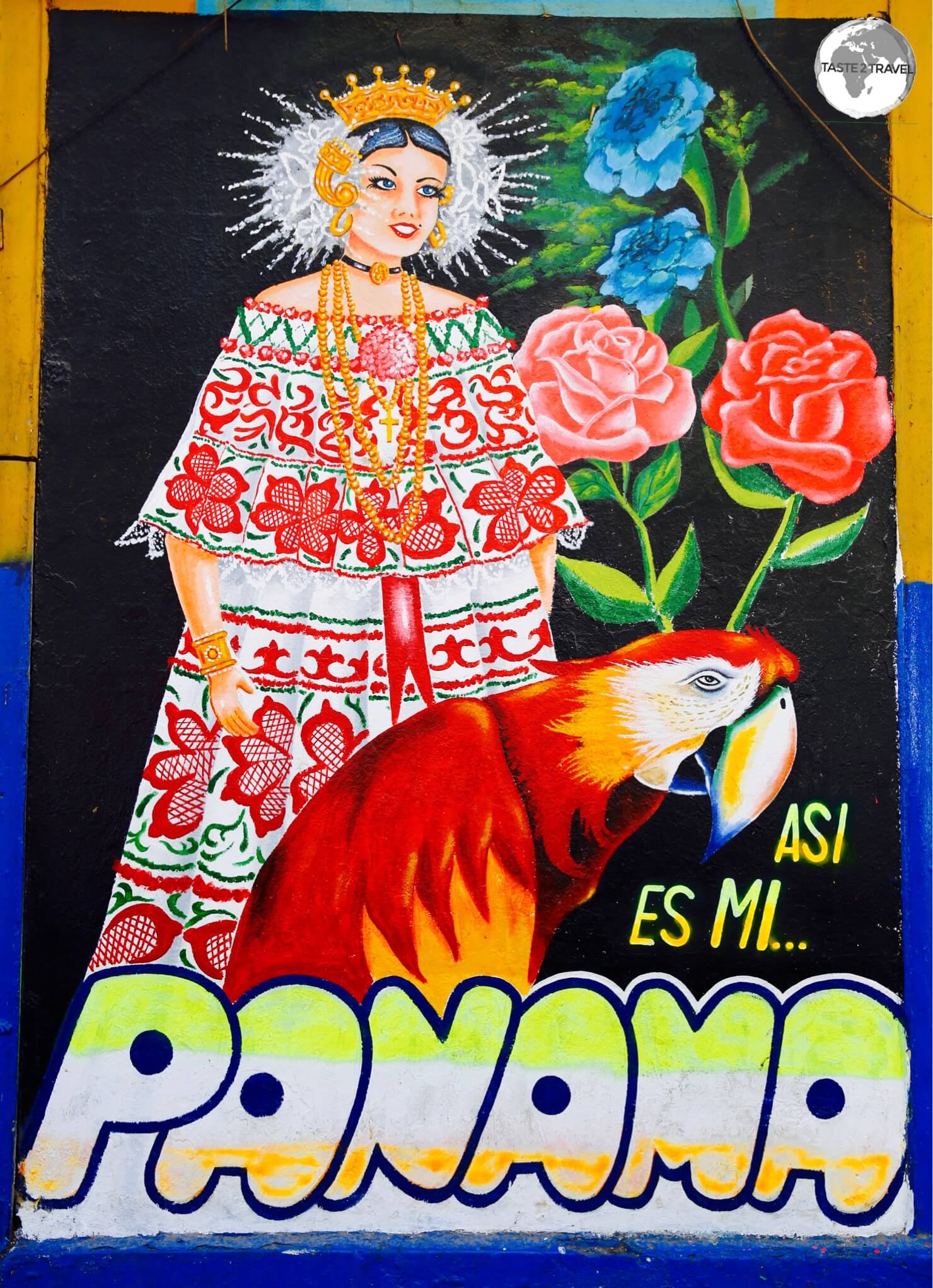Panama Travel Report
Date of Visit: 14/07/2017 – 25/07/2017
Introduction
I’ve just completed a twelve day trip to Panama, my 4th visit to this dynamic Central American destination. For years the government has focused on building bigger and better infrastructure and the good news for travelers is that (due to it’s efforts) accessing Panama has never been easier.

One of the oldest cities in the Americas, Panama City is full of Spanish-style architectural gems.
The route network of Copa Airlines’ (the national carrier) continues to grow and today, the airline provides frequent connections to most major cities in the Americas (and to some European cities) from their hub at Tocumen airport in Panama City.

The new Norman Forster-designed airport terminal at Tocumen airport.
All of this increased aviation activity has resulted in Tocumen airport becoming the busiest in Central America – a true regional hub. It has also meant that the existing terminal is operating beyond capacity. To remedy this, a new Norman Forster designed terminal is currently being built. This is due to open later this year and will solidify Panama City’s regional ‘hub’ status.

Whenever I’m in Panama City, I treat myself to a new Panama hat.
Location
Panama
Located on the Isthmus of Panama, a narrow bridge of land that connects North and South America, Panama has always stood at a crossroads.
To the north lies Costa Rica and the countries of Central America. To the south lies Colombia and the continent of South America. On either side of the isthmus lie the Pacific ocean and the Caribbean sea.
The country is most famous for its canal which cuts through the isthmus at Panama City.

Panama City old town.
Flag

The flag of Panama.
The iconic flag of Panama is red, white and blue and is divided into four quarters with two white rectangles – one blue, and one red, with the white rectangles charged with a single red and blue star. As far as flag design is concerned, I believe the Panamanian flag is perfection!
The colours of course are very symbolic. The blue was intended to represent the Conservative Party and the red to represent the Liberal Party. The white was intended to stand for peace and purity; the blue star stands for the purity and honesty of the life of the country; the red star represents the authority and law in the country, and together the stars stand for the new republic.
Flag Day is celebrated every year on November 4, the day after Panama’s separation from Colombia.
Sights – Panama City

The Casco Antiguo (old town) of Panama City is full of Spanish architectural gems which are slowly being renovated.
Once on the ground, there are many attractions which make Panama appealing to tourists. Panama City offers a wealth of history and is the oldest continuously occupied European settlement on the Pacific coast of the Americas.

Antique Spanish religious art in the old town.
The city was founded by the Spanish in 1519, who were led by local Indians on the short crossing from the Caribbean Sea to the Pacific Ocean.

Panama flags for sale in Panama City old town.
The Spanish then used the crossing to transport their treasures from their new world Pacific-coast colonies in Central and South America back to Spain via the Atlantic.

Another renovated Spanish colonial-era gem in the Casco Antiguo, Panama City.
Today, the beautiful old town (Casco Antiguo) is my favourite place to spend time in the city. This UNESCO listed heritage site is slowly being renovated one building at a time, so with each return visit there’s always something new to explore.

Casco Antiguo, Panama City.
The narrow cobbled streets (hopefully one day they’ll make them traffic-free) are lined with historic churches and lead into quiet, leafy squares. Everywhere there are bars, cafes, restaurants, shops and artist studios – a great place to meander, sight-see, relax and pick up a souvenir or two. In between the renovated properties are old abandoned properties (their stone facades propped up by support beams) which await renovation. It’s all very photogenic.

Many buildings in Panama City old town are awaiting renovation.
Outside of the old town is the new town – a modern, bustling city – complete with shopping malls, soaring high-rise office towers, traffic-clogged streets and fancy hotels.

The Panama flag and the modern skyline of Panama City, a thriving metropolis.
The new town is made up of different districts, including the financial district. Construction cranes are a permanent feature on the Panama skyline as new buildings pop-up at a frenzied pace.

The F&F tower in the financial district of Panama City has won many architectural awards.
Sights – Outside Panama City

The Miraflores Locks (now the old locks) are located a short bus ride from Panama City.
Outside of the city, there are a plethora of travel options. Top of most visitors’ bucket list is a trip to the Panama Canal locks. There are three sets of locks between the Pacific Ocean and the Caribbean Sea. The closest to the capital (Miraflores locks) can be visited on an easy half-day trip.

The ‘sliding’ gates on the newly expanded Lake Gatun locks.
Here you’ll get to watch ships pass through the old historic locks, while the newer, larger locks are out or sight in the distance and not open to the public.

The gigantic MSC Antigua entering Lake Gatun locks.
However, if you visit the Gatun Lake locks (Caribbean coast) you will be able to see the mega-sized ships passing through the new locks (opened in 2016).

The MSC Antigua can carry almost 9,000 containers.

MSC Antigua, inside Lake Gatun lock, being lowered to the level of the Caribbean sea.
After the canal, you can spend your time relaxing on the Caribbean coast; sailing around the beautiful San Blas islands; exploring old Spanish coastal forts; diving/ snorkeling or heading to the other side of the country to spend time meandering along the Pacific coast.

Playa Blanca on the Caribbean island of Isla Grande.
Once you’ve had enough of sun, sand and beach you can venture into the central highlands, where you’ll find lush, green rainforests clinging to the sides of extinct volcanoes. It’s on the slopes of these volcanoes where you’ll find cafe fincas (coffee farms) growing the famous Geisha coffee bean (US$260/ kg), which Panama is famous for.

A Green violet-eared hummingbird at Finca Lerida.
A great base for exploring the highlands is the town of Boquete, which you can read more about in my report – Bird Watching in Panama.
Eating Out

Restaurant at the American Trade Hotel, Casco Antiguo – Panama City.
My favourite place to explore dining options is the old town of Panama City, where there’s always a new restaurant/ cafe opening somewhere.
On this trip I returned to my favourite old town cafe – Super Gourmet – which is especially good for breakfast and lunch. It’s owned by a friendly and informative American (Blaine) and it’s one place where you can try a cup of the famous Geisha cafe. I especially recommend a slice of their lemon pie while you sip on of their amazing Panamanian coffees.
My favourite bar in the old town is the newly opened The Strangers Club. The bar is part of a group of hipster cocktail bars, known as the ‘Employee Only’ bars which span the globe from New York City to Macau, Singapore, London and Miami. The cocktails, food and service are all amazing. If you are looking for a special night out then this is the venue.
Accommodation

Artwork in Panama City old town.
As for accommodation, Panama City offers the traveler two very different options – you can stay in a beautifully renovated guest house/ hotel in the old town or in a modern, high-rise hotel in the new town.
Many of the new hotels are located along the bay front, where – thanks to a 5 km long footpath/ cycle way – you can join locals in the evening to exercise/ promenade.
My pick of the modern bay front hotels is the Hard Rock Hotel, which combines 5-star accommodation with a themed experience (like staying at the Rock ‘n’ Roll hall of fame) and offers an amazing breakfast.
Shopping

Despite their name, Panama hats are actually made in Ecuador.
The old town offers wonderful shopping from upmarket boutiques, artist studio’s to cheap and cheery souvenir stalls. In the new town you’ll find the biggest and best shopping mall in Panama – the sprawling Albrook mall. This is popular with visitors from throughout the region who come here to shop in stores not available in their home countries (and at reasonably cheap prices).

An old advertisement for Panama Hats in Panama old town.
Also worth checking out is the Multicentro mall (in front of the Hard Rock Hotel) and the larger Multiplaza Pacific mall (more upscale with lots of branded shops), which is a short taxi ride from the Hard Rock.
That’s the end of this report from Panama.
Safe Travels!
Darren
Follow me on Instagram:
[instagram-feed feed=1]
Further Reading
Other reports from the region:
Panama Travel Report Panama Travel Report Panama Travel Report Panama Travel Report
Author: Darren McLean
Darren McLean is an Australian, full-time, digital nomad who has spent 37 years on a slow meander around the globe, visiting all seven continents, 192/ 193 UN countries and 245/ 251 UN+ countries and territories.
He founded taste2travel to pique one’s curiosity and inspire wanderlust.



